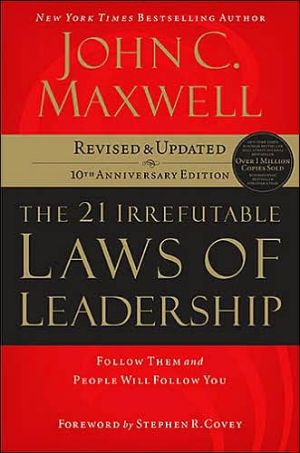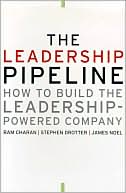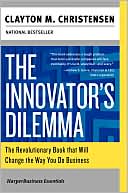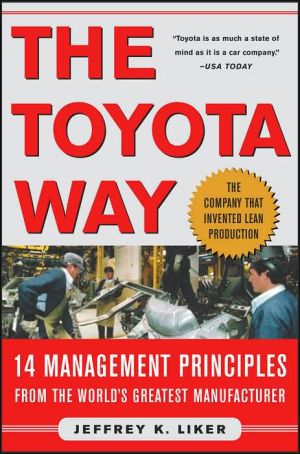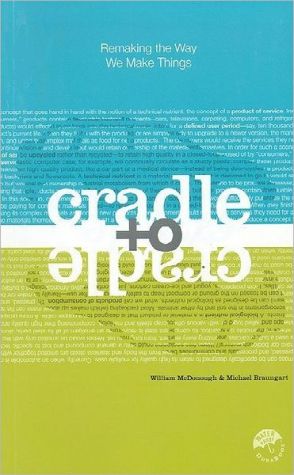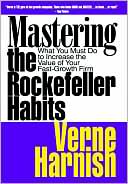The New Manufacturing Challenge: Techniques for Continuous Improvement
Search in google:
As a consultant, Kiyoshi Suzaki has helped scores of Fortune 500 clients improve manufacturing operations and get the job done faster, cheaper, better, and safer. Now, in this detailed "operating manual" — full of more step-by-step applications than any other book available — Suzaki spells out new options in production and employee resources that can help American industry regain the cutting edge in price, quality, and delivery of products.A well-known expert in the field, Suzaki begins with the premise that "if it doesn't add value, it's waste" — a concept devised by Henry Ford and later used by Toyota. He recaps what Toyota identifies as the seven most prominent forms of waste in factories. Most importantly, he meticulously details steps individuals can take to "simplify, combine, and eliminate operations" — thereby reducing waste, improving quality, and saving money.Describing in detail the basic techniques culled from Japanese industrial philosophy and procedure, Suzaki shows how small, family-run businesses and billion-dollar American corporations from a wide range of industries — automotive, electronics, cosmetics, and even defense contractors — are meeting the manufacturing challenge today — demolishing the widely held belief that most American manufacturers have become distribution organizations for products manufactured overseas. In addition, he links his methodology with several successful production systems, from Just-In-Time Production, Total Quality Control, Total Productive Maintenance to Computer Integrated Manufacturing. Throughout this practical handbook, he places emphasis squarely on the shop floor and grounds his approachin easy, yet powerful techniques everybody can understand and implement today.Illustrated with numerous charts and exhibits, The New Manufacturing Challenge shows how to integrate people and techniques to improve the workplace and, thus, strengthen any company's competitiveness in the global marketplace. Library Journal Maintaining world competitiveness has been the clarion call for many industries in the 1980s. For manufacturing companies, improving production efficiency has been the key. This work lays out specific suggestions for improving manufacturing techniques on the shop floor. The chapters, profusely illustrated, treat topics such as quick setup, job rotation, U-shaped production lines, and preventive maintenance. In each, the author uses his diverse experience as an efficiency expert for several leading consulting houses to good advantage. However, the volume lacks a strong philosophical framework and comes off rather like a dry list of helpful hints. Recommended only for production specialists. Gene R. Laczniak, Coll. of Business Administration, Marquette Univ., Milwaukee
PrefaceAcknowledgmentsIntroduction1. Eliminating WasteSCENES IN THE FACTORYWASTE SIMPLIFY, COMBINE, AND ELIMINATE2. Back-to-Basics DisciplineHOUSEKEEPING IMPROVEMENTSWORKPLACE ORGANIZATION3. Meeting Diversified Customer Needs with Quick SetupSETUP TIME REDUCTION TECHNIQUES FOR QUICK SETUP4. Developing Flow on the Production FloorFROM PROCESS-ORIENTED LAYOUT TO PRODUCT-ORIENTED LAYOUTMACHINE UTILIZATION VERSUS ON-DEMAND UTILIZATION5. Expanding Skills for Increased FlexibilityMULTIPROCESS HANDLINGSKILL DEVELOPMENT AND JOB ROTATION6. Improving Processes for Productivity GainsPRINCIPLES FOR PROCESS IMPROVEMENTU-SHAPED LINESPROCESS ANALYSIS FOR MULTIPLE VARIETIES OF ITEMSAPPROACHES TO PROCESS IMPROVEMENT7. Strengthening Our Nerves and MusclesJIDOKA (AUTONOMATION)LINE STOP CONCEPTANDON (TROUBLE LIGHTS)PRODUCTION CONTROL BOARDSPOKA-YOKE (FOOLPROOF MECHANISMS)QUALITY AT THE SOURCEVISUAL CONTROL8. Aiming for Zero Machine TroublePREVENTIVE MAINTENANCETOTAL PRODUCTIVE MAINTENANCE9. Scheduling a Steady Flow for Better ControlLEVELED/MIXED PRODUCTIONCYCLE TIME CONTROL10. Improving with StandardsSTANDARD WORKWORK COMBINATION CHART11. Tying Things TogetherKANBANPRODUCTION CONTROL SYSTEM12. Redefining the Roles of Conveyors and TransportationCONVEYORSTRANSPORTATION13. Suppliers as Extended FactoriesNEW SUPPLIER RELATIONSHIPS14. Developing Co-Destiny with EmployeesJOB SECURITYIMPROVEMENT THROUGH PEOPLE15. Eliminating Problems at the Organizational BoundariesTOTAL OPTIMIZATION AND LOCAL OPTIMIZATION ORGANIZATIONAL STRUCTURE FOLLOWSECONOMICNEED16. People Make It HappenCENTRALIZED AND DECENTRALIZED ORGANIZATIONOWNERSHIP, OWNERSHIP, OWNERSHIPPEOPLE MAKE IT HAPPEN17. Establishing a Competitive PositionTHE FACTORY AS ORCHESTRAINTEGRATIONGETTING STARTEDGUIDED AUTONOMYWHAT IS MANUFACTURING STRATEGY?THE NEW MANUFACTURING CHALLENGEEpilogue: Vision of the FutureBibliographyIndex

